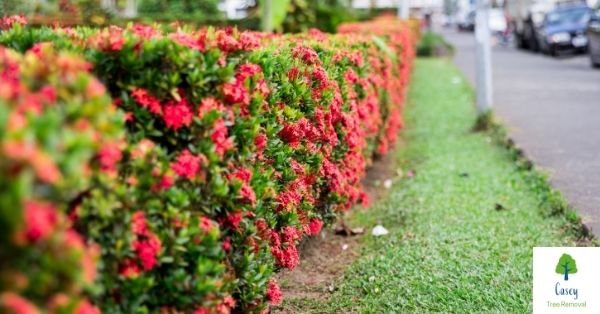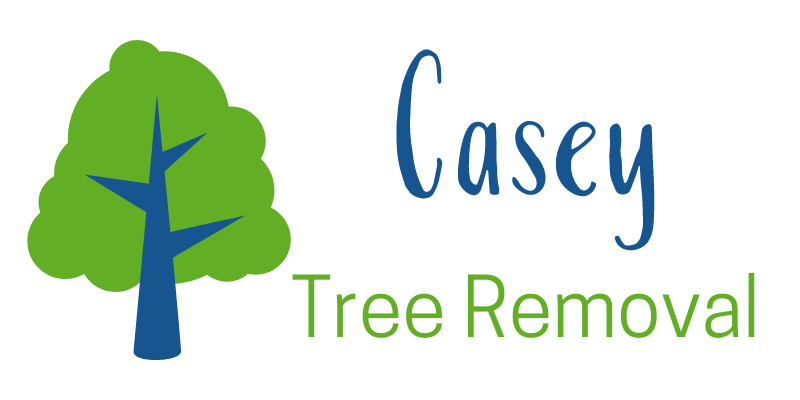A regularly maintained hedge will provide a thick, full, smart boundary to your property. Miss a few trimming sessions however, and you will soon have a hedge that has lost its shape and a more difficult job on your hands!
It is much easier to give the hedge a frequent light trim than it is to give it an infrequent heavy prune.
Regular trimming is also much better for the hedge. Some conifers like leylandii react badly if you cut into old wood, potentially leaving your hedge with bald spots.
When to Cut Hedges
An informal hedge, one where the natural outline of the plants are preserved, will require a maintenance trim once a year between spring and summer.
A formal hedge should be trimmed two to three times a year during the growing season. Fast growing species may need a more frequent trim to keep the hedge under control.
It is courteous to check for nesting birds that have made a home of your hedge before carrying out any trimming. The bird nesting season runs between March and August but it is still worth checking for nests outside this period as some species of bird, like woodpigeons and collared doves, will sometimes nest in winter.
How to trim a hedge
You will need hand-held hedge shears or a powered hedge trimmer. The latter will make the job of trimming a large hedge much quicker and won’t leave you with tired arms.
When using a powered hedge trimmer make sure you stay safe. Wear safety goggles and sturdy gloves. With an electric trimmer use a safety socket, and keep the cable away from the blade. Try draping the cable over one shoulder to avoid it trailing on the ground in front of you. Before starting clear the work area of any obstacles. Using power tools above shoulder height should be avoided so use a stable step ladder when trimming high hedges.
To make the collection of clippings easier place a 2m wide plastic sheet under the hedge. This is an especially useful tip when cutting over gravel. You can then either sweep the sheet or fold it up to collect the clippings for disposal.
Informal Hedges
With an informal hedge you will only need to remove misplaced shoots with secateurs or loppers.
Formal Hedge
The hallmark of a formal hedge is that crisp straight edge and tight finish. If the hedge is only short then you could probably get away with cutting this by eye, stepping back occasionally to make sure you are on the right track.
For a longer hedge, or an untrustworthy eye, create a cutting guide; place a cane into ground at both ends of the hedge then stretch a length of string between them.
The sides of the hedge should be tapered in slightly so that the top is narrower than the bottom. This will allow sunlight and rainwater to reach the lower foliage and the ground, keeping the hedge thick and bushy across its entire height. As the hedge grows taller the angle of the taper can be decreased.
When using a powered trimmer to cut the sides keep the blade parallel to the hedge and use a wide, sweeping motion, walking forwards as you work. You can always use shears to go back and cut any missed sprigs!
Aftercare
Remember to brush off and clean up the trimmings afterwards to prevent the spread of fungal diseases. To keep the hedge in a good condition the last task is to water and mulch the plants.
Casey Tree Removal – All Tree Services including Tree Cutting, Tree mulching, Tree Trimming, Stump Grinding, Tree Pruning, Stump Removal, Emergency Tree Removal Experts In Melbourne!
Click here to read more articles regarding tree removal & related services.
If you are in Cranbourne West and looking for Casey Tree Removal, below is the best way to visit us.


Recent Comments